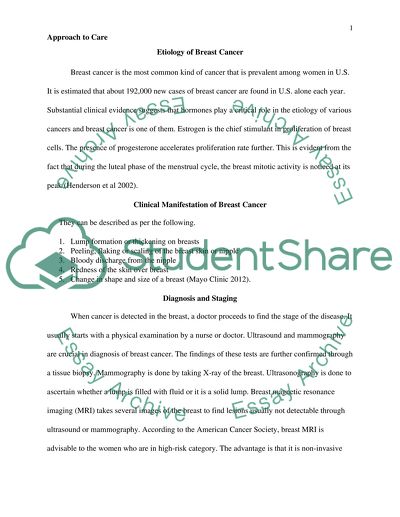Cite this document
(“Approcah to Care - Breast Cancer Research Paper”, n.d.)
Approcah to Care - Breast Cancer Research Paper. Retrieved from https://studentshare.org/nursing/1454915-approcah-to-care
Approcah to Care - Breast Cancer Research Paper. Retrieved from https://studentshare.org/nursing/1454915-approcah-to-care
(Approcah to Care - Breast Cancer Research Paper)
Approcah to Care - Breast Cancer Research Paper. https://studentshare.org/nursing/1454915-approcah-to-care.
Approcah to Care - Breast Cancer Research Paper. https://studentshare.org/nursing/1454915-approcah-to-care.
“Approcah to Care - Breast Cancer Research Paper”, n.d. https://studentshare.org/nursing/1454915-approcah-to-care.


